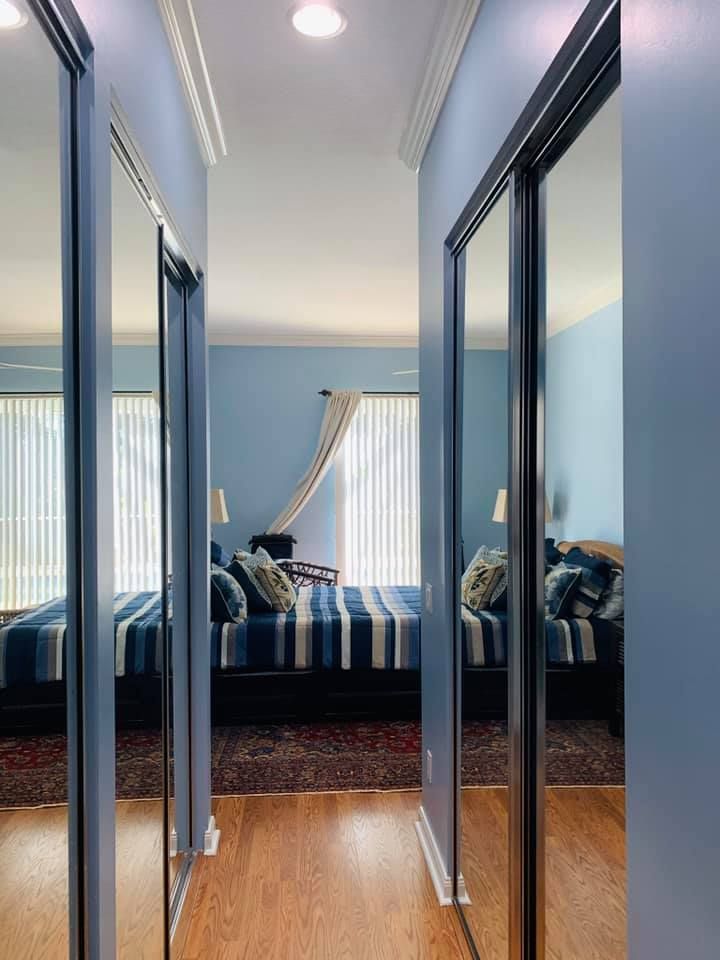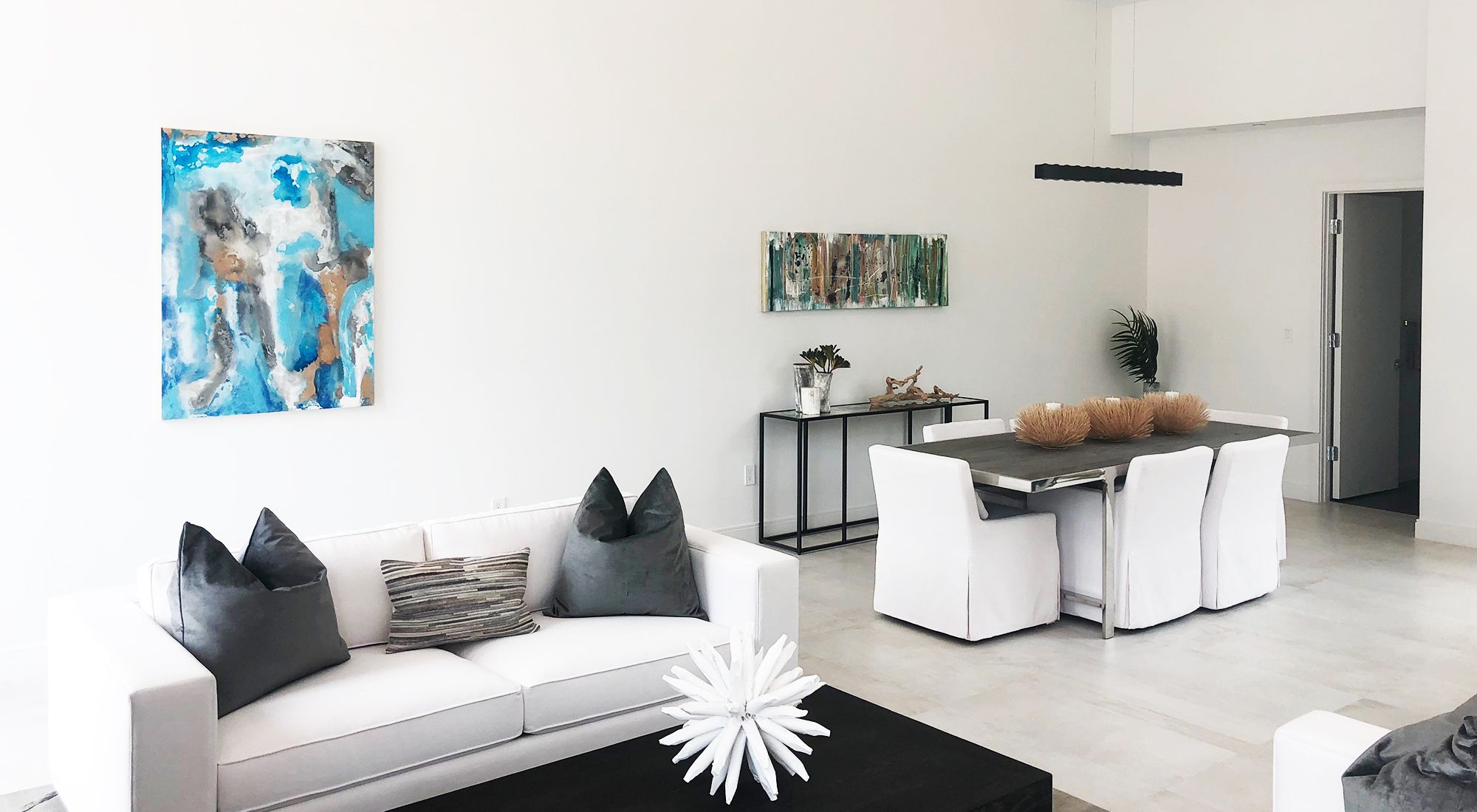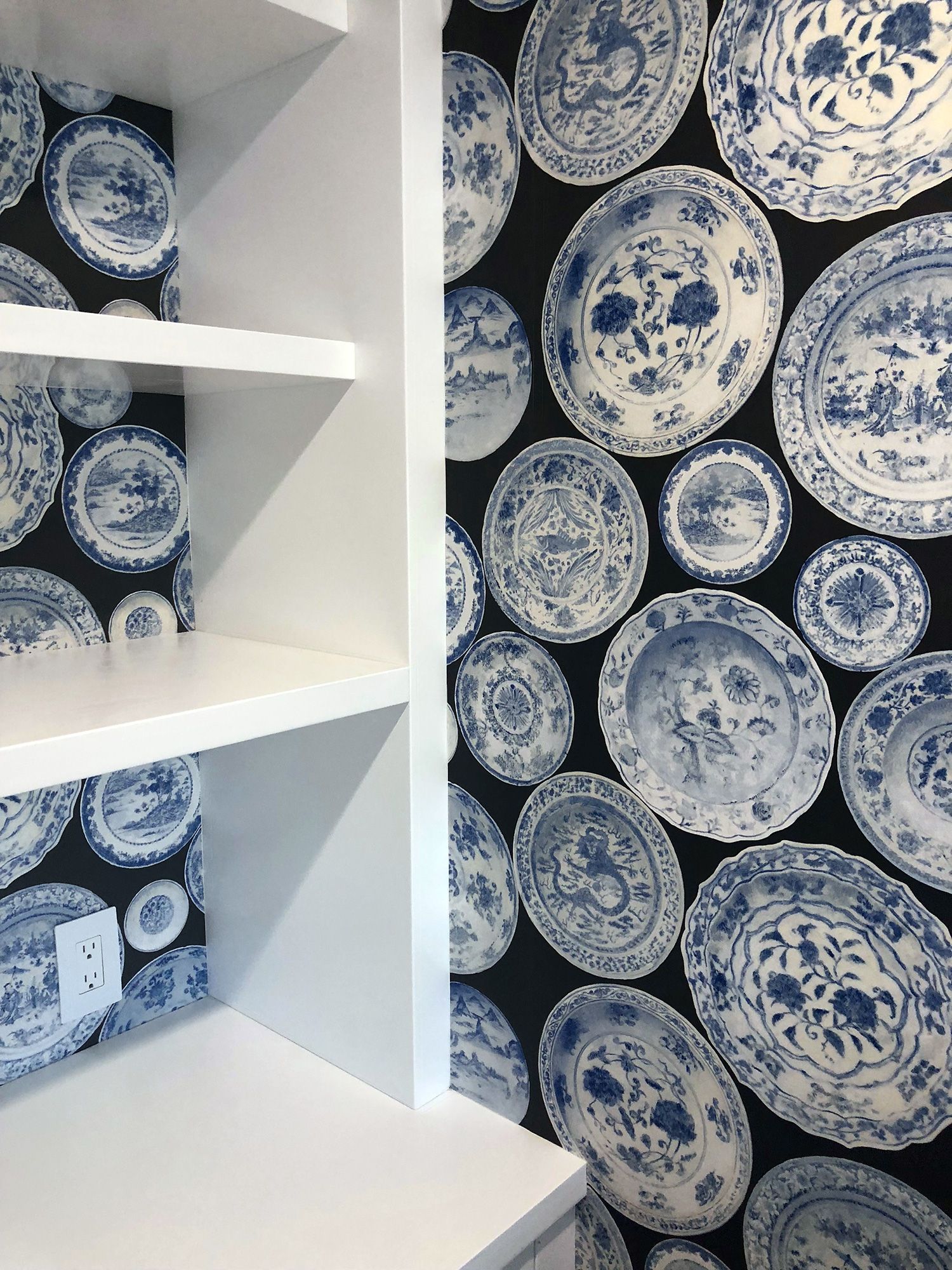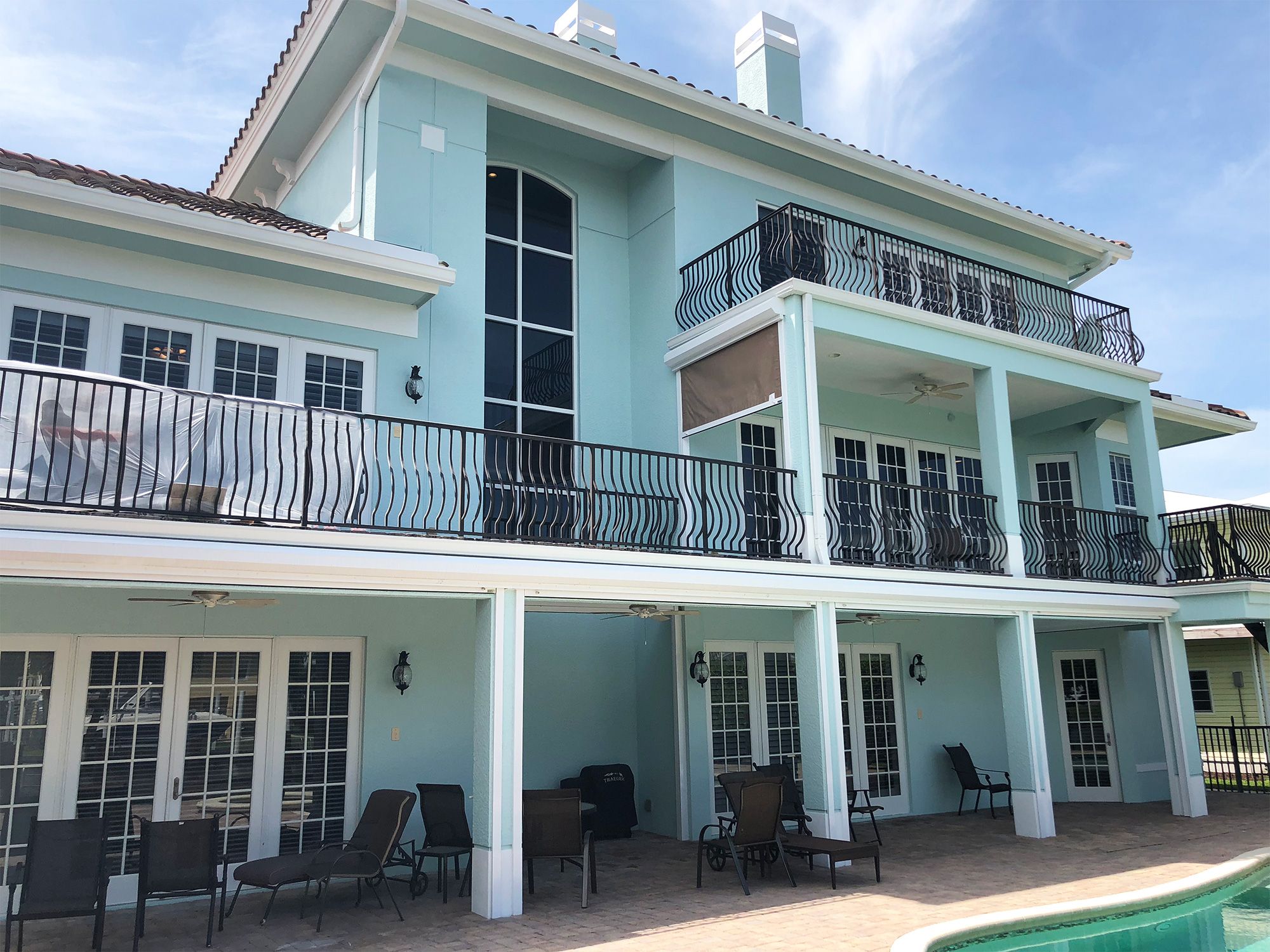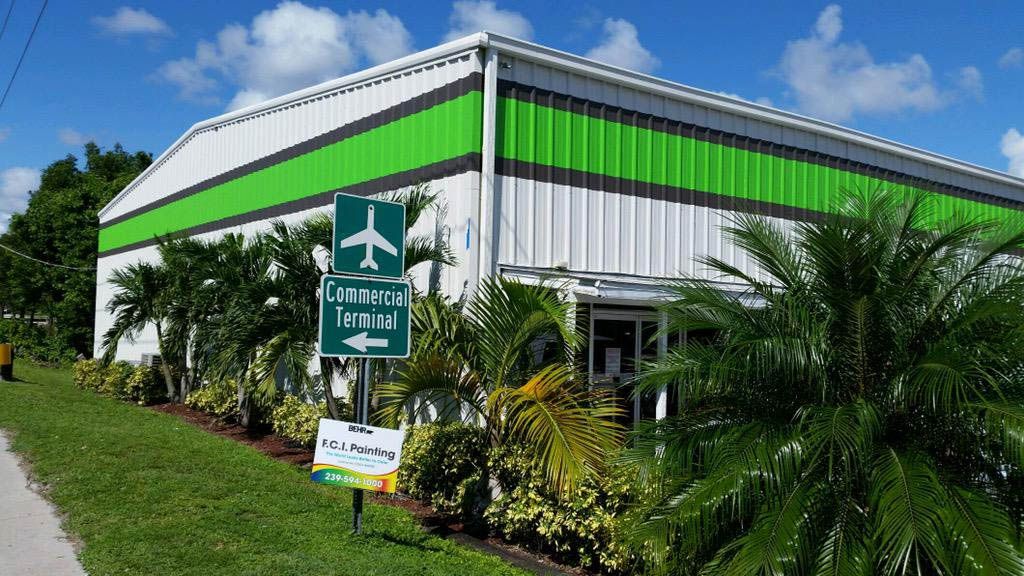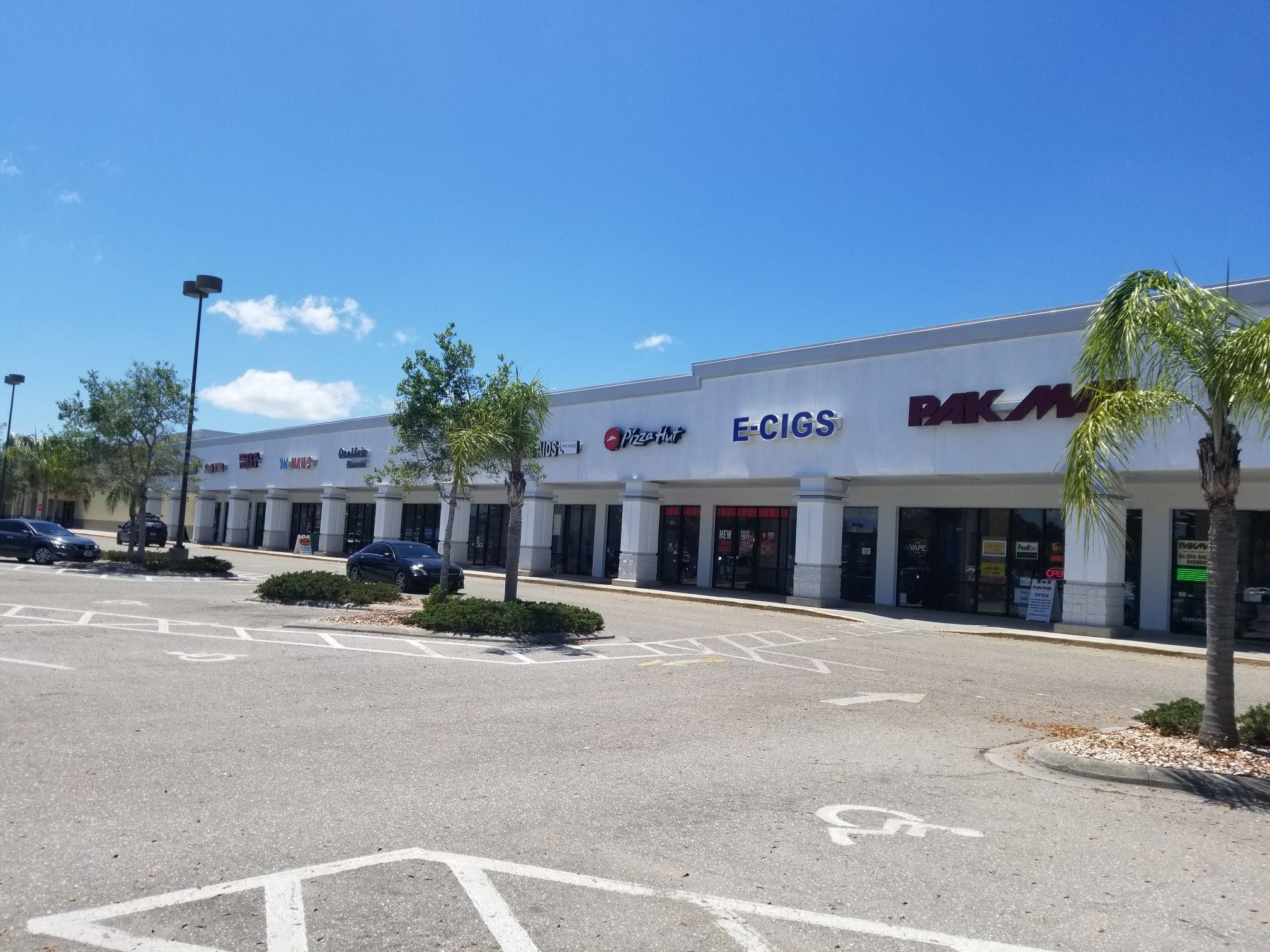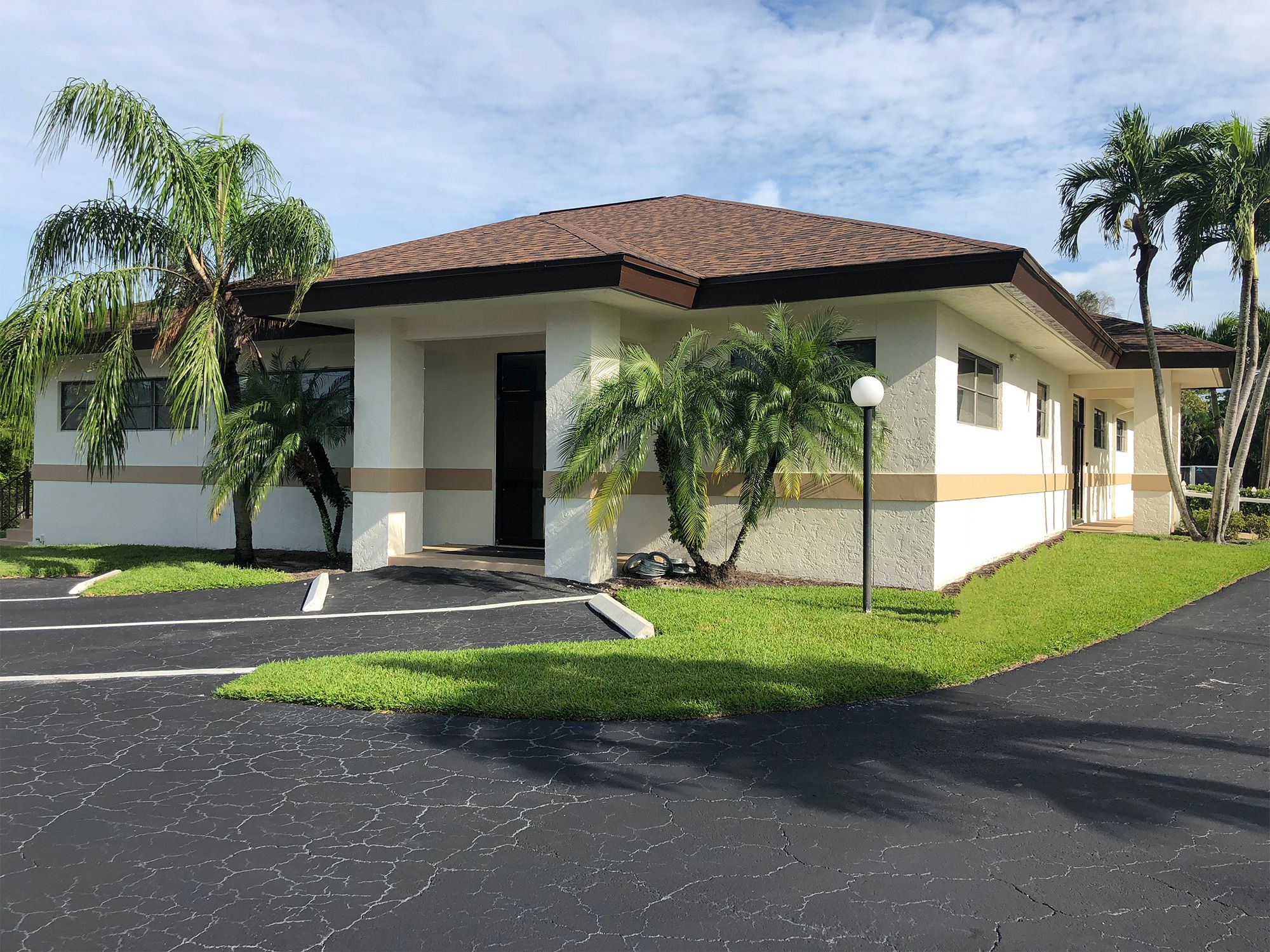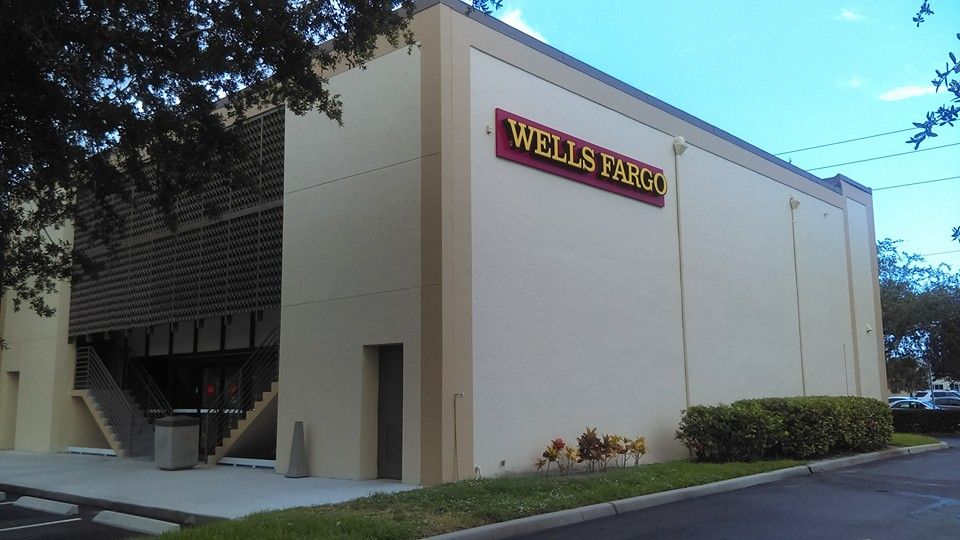
Best Exterior Materials for Southwest Florida Homes
Anyone building a new home or purchasing an older home in the southwest Florida area should carefully assess the durability of materials used for their potential home’s exterior. Materials used for southwest Florida-area homes need to be robust in order to stand up to a wide range of damaging impacts, whether from extreme heat, UV rays from the sun, termites, or hurricanes and storms. With decades of experience painting and maintaining home exteriors, Naples, Florida-based FCI Painting knows which materials best weather the elements, pests, and passing of time. Read on to learn more about your exterior material options and consult with us about your home exterior protection needs.
Pros and Cons of Stucco and Fiber Cement Siding
While stucco has been a popular material for home exteriors in southwest Florida for more than a century, fiber cement siding is rapidly gaining ground as a viable alternative. Overall, both are similar in relation to:
- Durability
- Strength
- Insulating properties
- Fire resistance
- UV ray resistance
- Termite intrusion
- Cost
Made from cement, sand, and lime, stucco has long been prized for its durability and low maintenance needs. Properly applied stucco can typically protect a home for up to 75 years and stucco-based homes tend to weather hurricanes better than other materials, such as vinyl and wood.
The composition of fiber cement siding is similar to stucco, but the material is mixed with 8-10% wood fiber to create additional flexibility and durability. Also known as Hardie board siding, the material’s growing popularity in Florida is largely driven by its water-resistance properties, which are more protective than those of stucco. While both materials provide hearty protection from hurricanes, over time, stucco tends to be more prone to moisture-driven cracking than fiber cement siding. Fiber cement siding is also easier to paint.
Pros and Cons of Wood and Synthetic Wood
Other than in older homes, the traditional wood sidings popular in many other parts of the country are not seen as much in our state because of our climate and termites. Wood siding costs vary widely depending upon the type of wood and style of siding, and those who opt for wood generally pay more for maintenance and repairs, especially in the aftermath of hurricanes. On average, wood clad exteriors last for about 30 years.
Made from wood strands and resins, synthetic wood siding is much more resistant to weather damage and termites than traditional wood. Stronger and more durable than traditional wood, synthetic wood siding also provides higher insulation than most other exterior materials. As with regular wood, synthetic wood should be re-painted on a regular basis to enhance longevity.
Pros and Cons of Aluminum and Vinyl Siding
While vinyl siding is on the most affordable exterior siding options, aluminum siding is one of the most expensive. Both are waterproof, termite-proof, and fireproof, but both can also be difficult to repair when damaged. While vinyl siding is resistant to scratching and denting, high winds and other pressures can cause it to bend or crack. Aluminum siding, on the other hand, can be easily scratched and dented.
Based on its lower cost and ease of maintenance, vinyl siding has become the more popular option over aluminum in recent years. While aluminum siding typically needs to be repainted to look its best, vinyl siding does not require regular painting, but the material’s color does fade over time due to sun exposure. Neither material provides good insulation when compared to other exterior options.
Learn More with Your Favorite Naples, FL Painting Company
Whatever the exterior surface material of your southwest, Florida area home, consult with FCI Painting when it comes to the proper maintenance of it. From exterior painting to pressure washing, we have more than 25 years of experience helping homeowners keep their homes looking like new. To learn more, contact FCI Painting online, or by giving us a call at (239) 435-1001.

